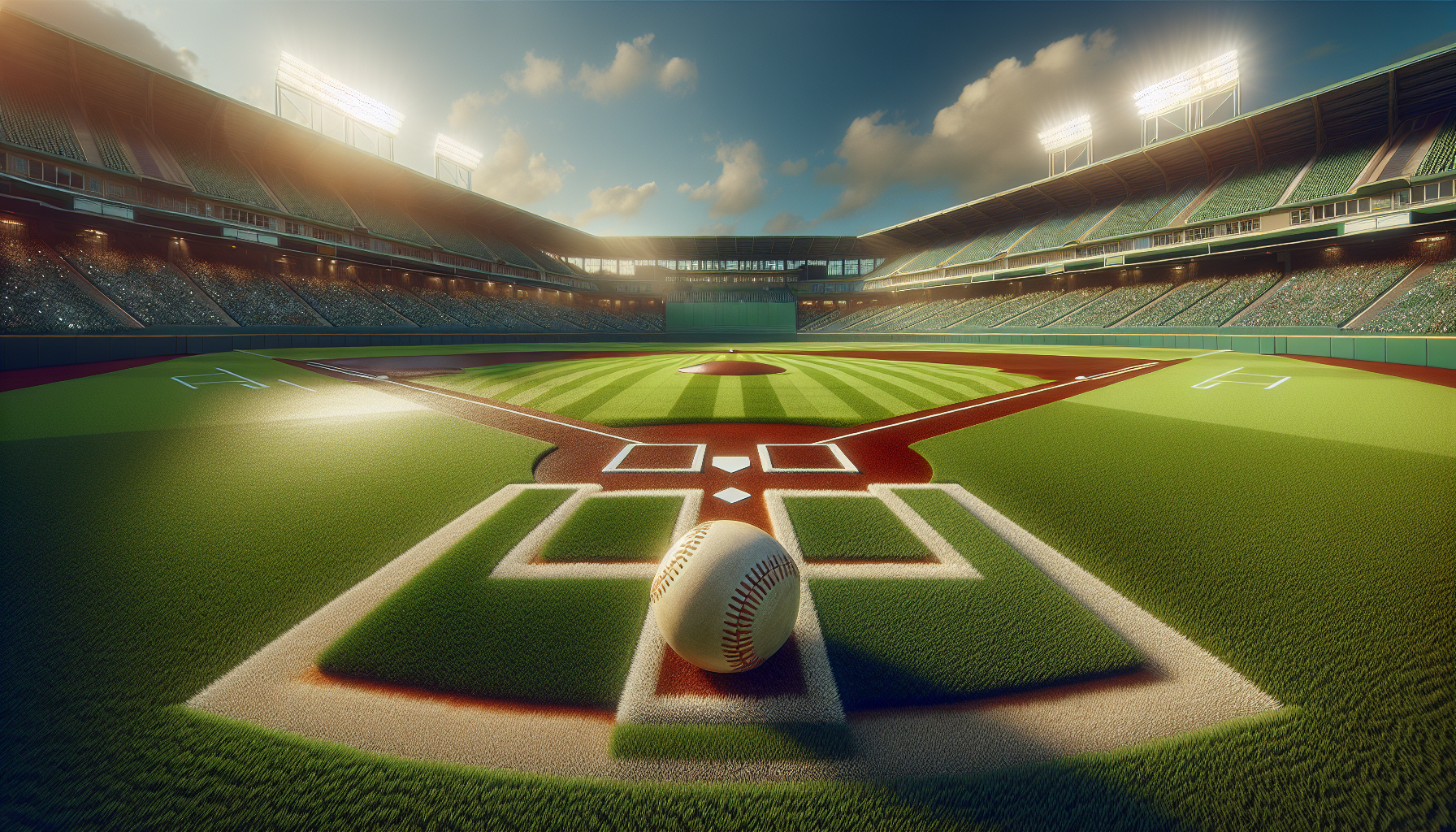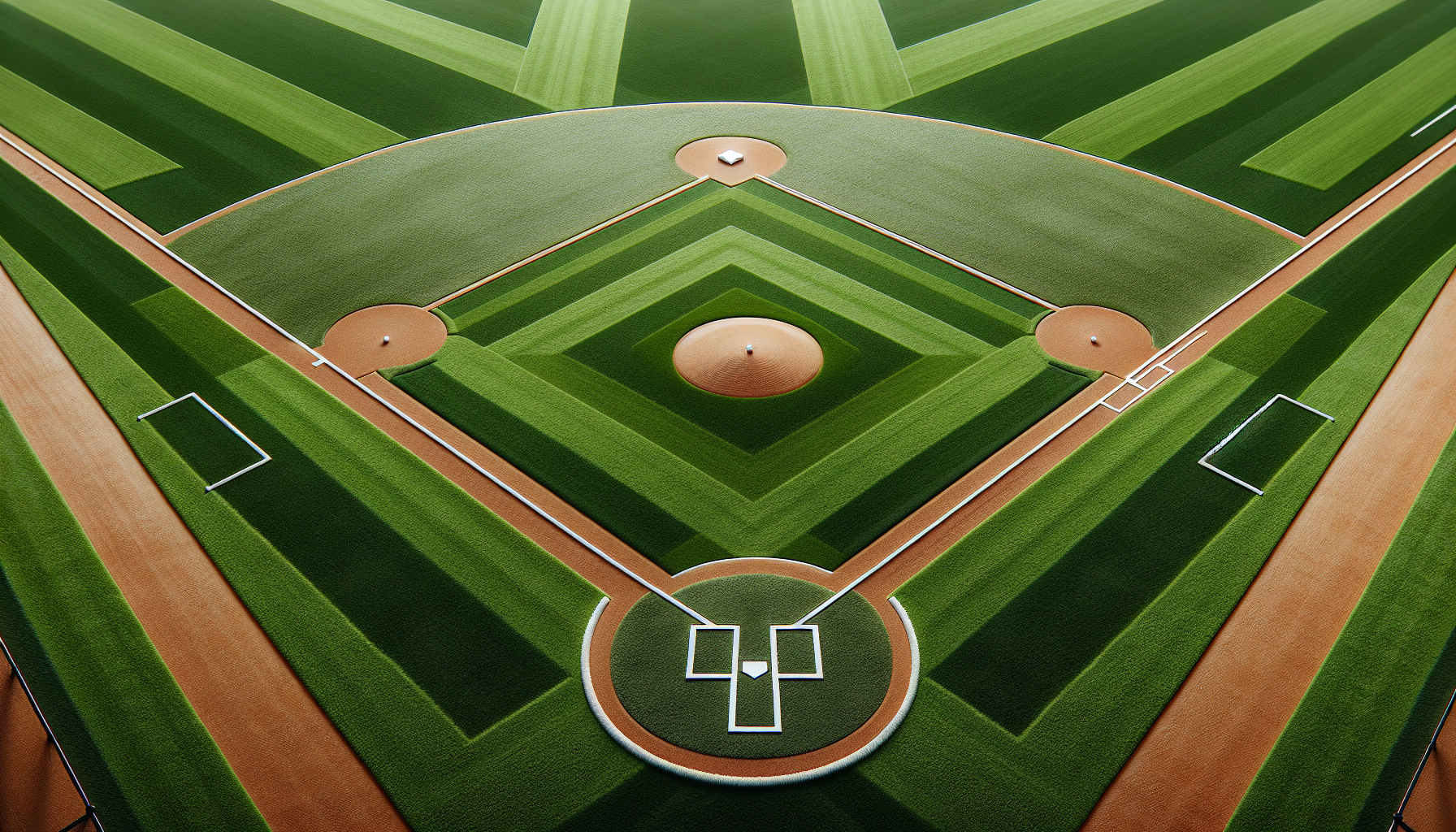
Grass removal is an essential step when installing artificial grass. Before you can lay down the new turf, it is essential to get rid of the existing natural grass.
This step helps ensure a level and even surface for the artificial grass installation.
By removing the existing turf, you can create a clean slate to work with, improving the overall appearance and functionality of your lawn.
There are several methods for removing existing turf, including manual, mechanical, and chemical options. You can choose the method that best suits your needs and the size of your lawn. Manual removal involves physically digging up the grass, removing existing turf, preparing the ground, clearing the lawn, and getting rid of natural grass.
Ground preparation for artificial grass installation
Is a crucial step to ensure a successful and long-lasting synthetic turf setup. The process involves assessing the existing surface, clearing and leveling the ground, implementing proper drainage, installing a weed barrier, adding a sub-base, fine-tuning the surface, and considering the use of sand infill for additional stability and support.
To start, evaluating the quality and condition of the current ground is essential.
This includes identifying potential issues that may impact the installation, as well as considering drainage and soil type.
Once assessed, the next step is taking out the sod, eliminating the old lawn, stripping the turf, and excavating the soil. After clearing the ground, taking out the sod, eliminating the old lawn, stripping the turf, and excavating the soil, it is necessary to address any uneven areas and bumps to create a smooth and even surface.

Removing existing turf for synthetic grass setup
Removing existing turf is a crucial step in prepping the surface for synthetic grass installation. This process ensures a flat and even ground, preventing future weed growth and enhancing the longevity of the artificial turf.
There are various methods for removing existing turf, including mechanical, chemical, and manual removal.
Once the turf is removed, soil preparation and ground work are necessary, which involve clearing debris and vegetation, leveling the ground, and addressing any drainage issues.
To effectively remove turf for synthetic grass setup, it is important to use proper tools and equipment. Understand the soil condition to determine the most suitable method for removing the turf.
For larger areas, mechanical methods such as using a sod cutter or turf stripper may be more efficient. Chemical methods can be used to kill the existing grass, making it easier for prepping the surface, soil preparation, ground work, and laying synthetic grass.
| Turf Removal Method | Advantages |
|---|---|
| Mechanical Removal | Efficient for larger areas |
| Chemical Removal | Easier surface preparation |
| Manual Removal | More control over the process |
Clearing the lawn and eliminating natural grass
Is indeed a crucial step in the process of installing artificial turf. By removing the existing grass, you can ensure enhanced performance and greater longevity for your synthetic grass installation.
Clearing the lawn allows for improved drainage capabilities and effectively prevents weed growth.
There are various methods available to clear the lawn, including chemical, mechanical, and manual approaches.
Before you proceed with removing the grass, it is important to check local regulations and restrictions, assess the soil conditions, determine the most suitable time for removal, and carefully measure and prepare the lawn area for artificial grass setup. The step-by-step process of clearing the lawn involves gathering the necessary tools and equipment required for installing artificial turf.
Soil excavation for artificial turf installation
Soil excavation is a crucial step when it comes to the installation of synthetic turf. Before we dive deeper into the intricacies of the excavation process, let’s first understand the numerous benefits that artificial grass brings.
Artificial turf offers a low-maintenance solution, allowing for water conservation while providing a vibrant green lawn all year round.
Before beginning the installation process, it is essential to prepare the area by removing any existing vegetation.
Many individuals often question whether the natural grass has to be removed prior to installing faux grass. The answer is yes, as removing the existing natural grass helps create a smooth and even surface to lay the synthetic turf upon.
There are multiple methods available for grass removal, such as manual digging or utilizing professional equipment.
Now, let’s explore the actual excavation process itself. The depth and size of the turf installation, fake lawn installation, installing faux grass, synthetic turf laying process depend on various factors such as the type of turf chosen, the intended use of the area, and the specific requirements of the project.
Benefits of Artificial Grass
- Low-maintenance solution
- Water conservation
- Vibrant green lawn all year round
Prepping the surface for synthetic grass laying
Is a crucial step in the artificial turf installation process. By following these artificial turf installation steps, you can ensure a successful and long-lasting outcome.
Before placing artificial turf over existing lawn, it is crucial to evaluate the condition of the current grass.
If the grass is uneven, diseased, or invasive, it may be necessary to remove it.
This can be done manually or by using herbicides, depending on your preference and feasibility.
If removing the grass is not feasible or desired, alternative methods can be employed.
One option is using a turf cutter, which can help create a suitable surface for placing artificial turf over the current grass. Another option is applying a thick layer of topsoil before placing artificial turf over the current grass.
Placing artificial turf without stripping the lawn
Placing faux grass over the existing turf, placing artificial turf without stripping the existing lawn, placing faux grass without stripping the existing turf, placing artificial turf without taking out the original grass is a convenient option for those who want to transform their outdoor space without the hassle of removing the existing turf. By placing faux grass over the existing turf, you can achieve a lush and visually appealing lawn without the need to take out the original grass.
This approach, involving placing faux grass over the existing turf without stripping the existing lawn, provides an excellent alternative for homeowners who desire a quick and hassle-free lawn transformation. To start the process of placing artificial turf without stripping the existing lawn, you can simply lay the faux grass over the existing turf.
Facts about placing artificial turf without stripping the existing lawn
- By placing faux grass over the existing turf, homeowners can achieve a visually appealing lawn without the need to remove the original grass.
- This approach provides a convenient option for those who want to transform their outdoor space without the hassle of removing the existing turf.
- Placing artificial turf without stripping the existing lawn offers a quick and hassle-free lawn transformation.
- Homeowners can simply lay the faux grass over the existing turf to start the process of placing artificial turf without stripping the existing lawn.
Installing faux grass without removing the natural lawn
Has become a popular and cost-effective option for homeowners looking to enhance the visual appeal of their outdoor spaces while minimizing maintenance efforts. This method allows for the placement of faux grass without taking out the original grass, providing a convenient solution for transforming your lawn.
By placing artificial turf without removing the natural lawn, you can enjoy the benefits of a lush and green outdoor space without the hassle of traditional landscaping and maintenance.
This method also preserves the natural lawn’s root system, allowing for potential reuse in the future if desired.
Additionally, placing faux grass without clearing the turf minimizes disruption to the environment and wildlife. When considering this installation method, it is crucial to assess the condition and type of your natural lawn to ensure a successful placement of artificial turf without clearing the turf.
Putting down fake grass on the current turf
Is a popular choice for homeowners seeking a low-maintenance alternative to natural grass. The numerous benefits of using artificial grass over real grass make it an attractive option.
Not only does it require minimal upkeep, but it also allows for a vibrant and verdant lawn all year round.
When it comes to placing faux grass without clearing the turf, it is entirely possible to install fake grass over the existing lawn.
There are important considerations to bear in mind to ensure a successful installation. Adequate preparation is crucial for a flawless outcome.
This involves eliminating any debris or uneven spots from the current turf and establishing a level and stable base.
The process of laying synthetic grass on top of the current grass can be accomplished using various methods and techniques
Benefits of Installing Artificial Grass over Real Grass
- Low maintenance: Fake grass requires minimal upkeep compared to natural grass.
- All-year-round vibrancy: Artificial grass allows for a lush and green lawn throughout the year.
- Easy installation: It is possible to install fake grass over the existing lawn without clearing the turf.
- Flawless outcome: Adequate preparation, such as eliminating debris and establishing a level base, ensures a successful installation.
Is Sand Necessary for Artificial Grass
Preparing Ground for Artificial Grass A StepbyStep Approach
